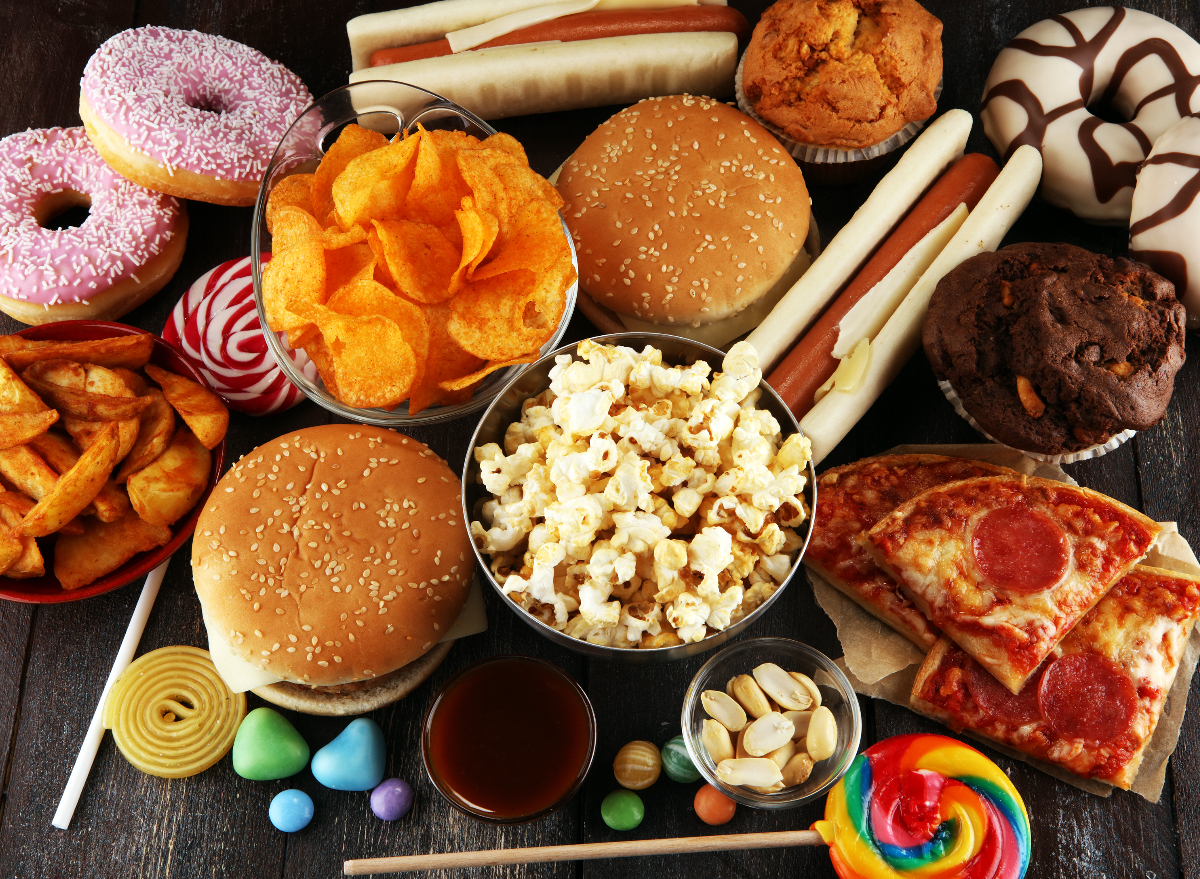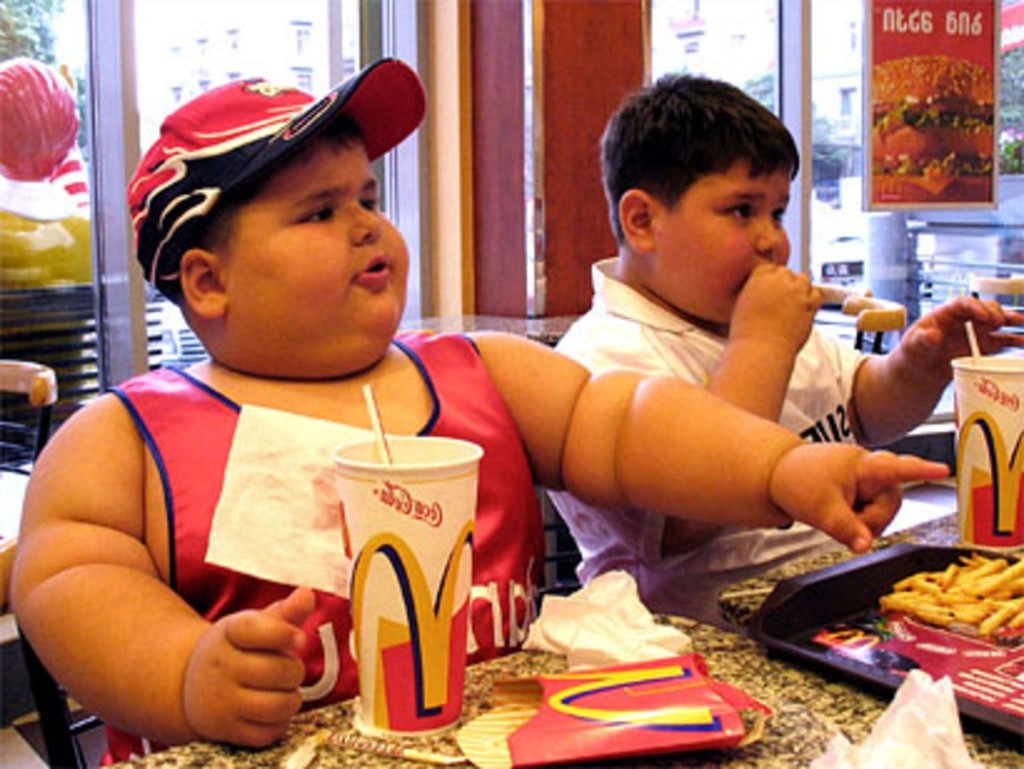Hazards and Interventions for Childhood Obesity
Hazards and Interventions for Childhood Obesity
Why are young children obese?

01 Love for Junk Food
Consumption of fried foods, canned foods, processed meats, pickled foods, fatty meats and animal organs, creamy foods, frozen desserts, instant noodles, barbecue, sugary drinks, and increased intake of snacks, coupled with an imbalanced diet, results in excessive fat intake. The surplus energy is converted into fat and stored in the body, leading to childhood obesity.
02 Sedentary Lifestyle and Lack of Exercise
The popularity of electronic devices, prolonged sitting (playing computer games, video games, and watching TV, etc.), insufficient physical activity, and a lack of appropriate sports exercises are significant factors contributing to obesity. Even with moderate food intake, obesity can occur. Obese young children often lack interest in physical activities, creating a vicious cycle.
03 Genetic Factors
If one parent is obese, there is a 40% likelihood of their children being obese. If both parents are obese, the likelihood of their children being obese increases to 70%–80%.
Harmful Effects of Obesity on Young Children's Health
01 Premature Development
Obesity can cause changes in a child's physique, affecting aspects such as height and head shape. Obese children experience advanced bone marrow growth, making them taller than their peers during childhood. However, when they reach adolescence, further growth becomes difficult. Additionally, obesity can lead to early sexual development in girls and masculinization tendencies in boys.
02 Bone Marrow Development
During abnormal childhood development, when the body is most active in growth, the bone marrow contains a significant amount of organic compounds. Excessive weight in obese children can lead to leg strain, causing pain in the thigh roots and, in severe cases, deformation of the shinbone.
03 Intellectual Development
Experts have found that an excess of body fat in brain tissues can lead to "obesity brain," resulting in delayed thinking and poor memory in young children. Childhood obesity increases the body surface area, causing insufficient oxygen supply to the brain, leading to drowsiness and lack of concentration.
04 Psychological Development
Obese children and adolescents are prone to ridicule and various intentional or unintentional injuries from others, hindering the development of their character, self-esteem, confidence, social interactions, and self-awareness. The earlier obesity occurs, the more severe the impact.
05 Impact on Physical Health
Obesity increases the risk of diseases such as hypertension, type 2 diabetes, obstructive sleep apnea, and hormonal imbalances in children and adolescents.

Intervention Methods for Obese Children
01 Dietary Intervention
In the early stages of childhood, it is essential to cultivate good eating habits and establish a regular daily routine. Children should be guided to eat independently and regularly, correcting picky eating and other unhealthy eating behaviors while encouraging the intake of diverse foods. Additionally, parents should avoid using food as a reward or punishment measure.
02 Nutritional Intervention
For school-age children and adolescents, nutritional education and health education are crucial. Disseminating nutritional knowledge, guiding proper food choices, encouraging diverse diets, promoting the consumption of fruits and vegetables, daily milk intake, an adequate amount of water, and reducing or avoiding sugary drinks and high-energy, fatty, or sugary foods are essential.
03 Exercise Intervention
When dealing with children, choose sports activities that are fun and easy to implement, allowing for long-term adherence. Activities like brisk walking, jogging, swimming, kicking shuttlecocks, playing jump rope, climbing stairs, and using elastic bands for exercises are suitable. Initially, exercise sessions can last for 10 minutes, ensuring obese children do not feel excessively fatigued. Encourage daily moderate physical activity to prevent the vicious cycle of "getting lazier as one gets fatter" and gradually achieve the ideal exercise duration.
04 Behavioral Intervention
Simple childhood obesity is closely related to lifestyle. Changing poor lifestyle behaviors helps prevent obesity. Behavioral intervention includes dietary and exercise aspects. Dietary intervention primarily involves slowing down eating pace, reducing non-hungry eating, avoiding eating while watching TV or doing homework, controlling snack intake, reducing fast food consumption, and avoiding post-dinner snacks (such as desserts, sweet drinks, and fried foods). Additionally, adjusting cooking methods (avoiding frying) is important.
05 Psychological Intervention
Many studies have shown that obese children often experience various psychological problems, including lack of confidence, introversion, depression, peer discrimination, poor relationships with peers, and low self-esteem. Psychological intervention is often conducted simultaneously with the aforementioned three interventions. Its purpose is to ignite strong motivation for weight loss in both children and parents, overcome psychological barriers, boost confidence, eliminate feelings of inferiority, and establish healthy lifestyle habits.




